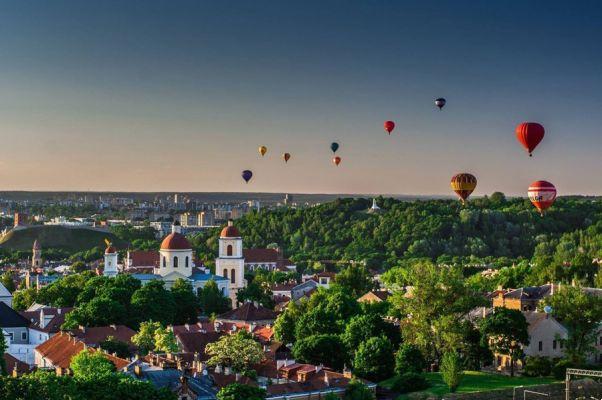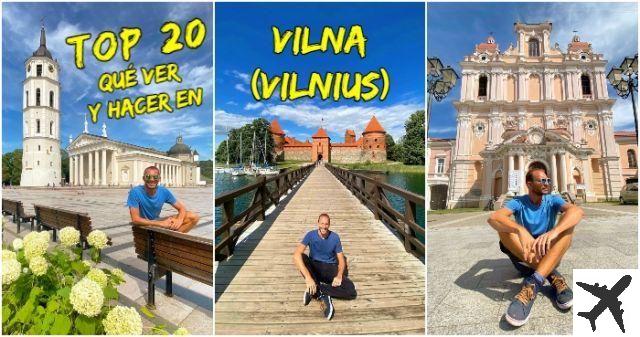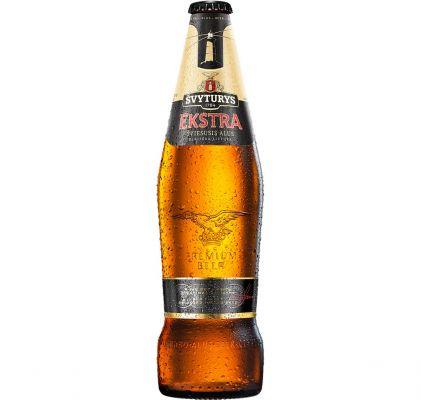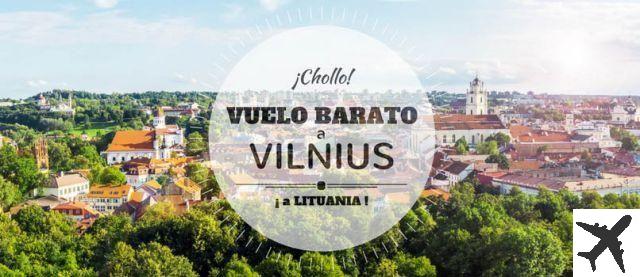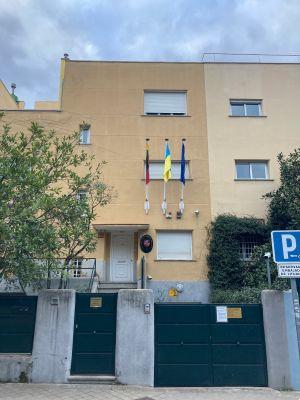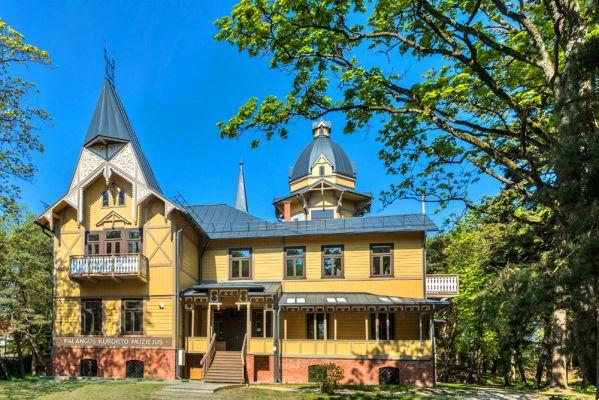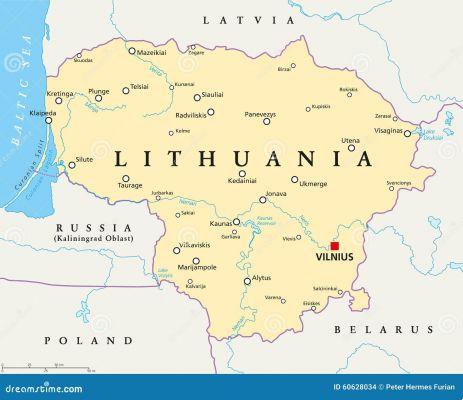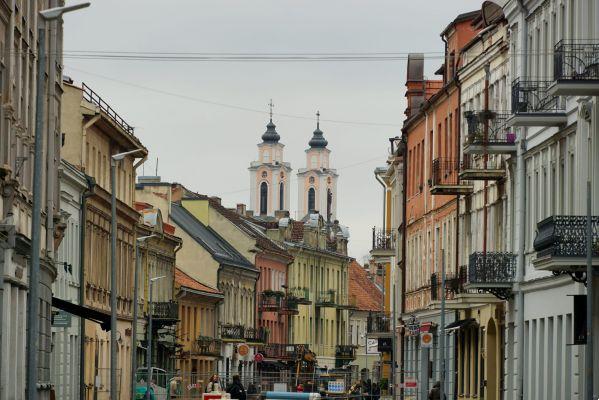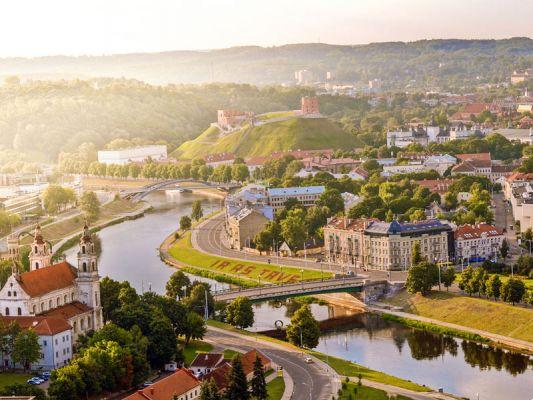
Welcome to our article about the World Heritage in Lithuania. In this text, we will explore the cultural and historical richness of this Baltic country, focusing on two prominent places: the archaeological site of Kernavė and the historic center of Vilnius. In addition, we will analyze the recognition of these places as UNESCO World Heritage and their relationship with the European Union.
1. The Kernavė archaeological site
We begin our Lithuanian heritage tour at the Kernavė archaeological site. This place, located in the valley of the Neris River, is a living testimony of the history of the region. Kernavė was the capital of the Grand Duchy of Lithuania in the XNUMXth and XNUMXth centuries, and its strategic importance is reflected in the archaeological remains preserved to this day.
In Kernavė, visitors can explore the fortified hills, the remains of dwellings and objects found in excavations. This archaeological site offers a fascinating insight into life in ancient Lithuania and its importance in the region. Furthermore, in 2004, it was recognized as a UNESCO World Heritage Site, highlighting its historical and cultural value.
2. The historic center of Vilnius
Our next destination in the search for World Heritage in Lithuania takes us to the historic center of Vilnius. This city, also known as Vilnius, is the capital of the country and is home to an impressive architectural complex. Its cobbled streets, baroque churches and historic buildings make Vilnius a unique place in Europe.
The historic center of Vilnius was declared a UNESCO World Heritage Site in 1994. This distinction recognizes its exceptional value and contribution to the history and culture of Lithuania. Visitors can enjoy Vilnius Cathedral, Gediminas Tower, and Vilnius University, among other landmarks. In addition, the city has a lively cultural life and a rich gastronomic tradition.
3. UNESCO recognition
UNESCO, the United Nations Educational, Scientific and Cultural Organization, plays a fundamental role in the protection and promotion of World Heritage. In the case of Lithuania, UNESCO has recognized both the archaeological site of Kernavė and the historic center of Vilnius as World Heritage.
This recognition not only highlights the historical and cultural importance of these places, but also contributes to their preservation and promotion. Additionally, UNESCO recognition attracts tourists from around the world, boosting the local economy and encouraging cultural exchange.
4. The heritage of Lithuania and the European Union
As a member of the European Union since 2004, Lithuania is part of a community that values and protects cultural and natural heritage. The European Union has established programs and funds for the conservation and promotion of heritage, which benefits countries like Lithuania.
In the case of Lithuania, membership in the European Union has allowed the restoration and conservation of numerous historical and natural sites. Furthermore, collaboration with other member countries has enriched Lithuania's cultural and tourism offer, making it an attractive destination for heritage lovers.
Frequently Asked Questions (FAQs)
1. What is the best time to visit Lithuania's heritage?
The best time to visit Lithuania's heritage is during the spring and summer months, when the weather is warmer and conditions are ideal for exploring the archaeological sites and the historic center of Vilnius. However, each season has its charm, so any time of the year can be suitable to discover the cultural wealth of this country.
2. How long does it take to visit the archaeological site of Kernavė and the historic center of Vilnius?
The time needed to visit the archaeological site of Kernavė and the historic center of Vilnius depends on the interests and availability of each visitor. In general, it is recommended to dedicate at least a full day to explore each place and enjoy all its attractions. However, those who wish to delve deeper into Lithuania's history and culture can choose to spend more time at each site.
Conclusion
In short, the World Heritage Site in Lithuania is a cultural and historical gem that deserves to be discovered. Both the Kernavė archaeological site and the historic center of Vilnius offer a unique experience, transporting visitors through time and showcasing the richness of ancient Lithuania.
UNESCO recognition and membership in the European Union highlight the importance of these places and their contribution to world heritage. Lithuania is proud of its history and culture, and looks forward to welcoming travelers from all over the world to share its heritage.
We hope this article has sparked your interest in Lithuania's heritage! If you have any additional questions or would like more information, please do not hesitate to contact us. We'll be happy to help you plan your next adventure!
Until next time,
The fortravelovers.com team




